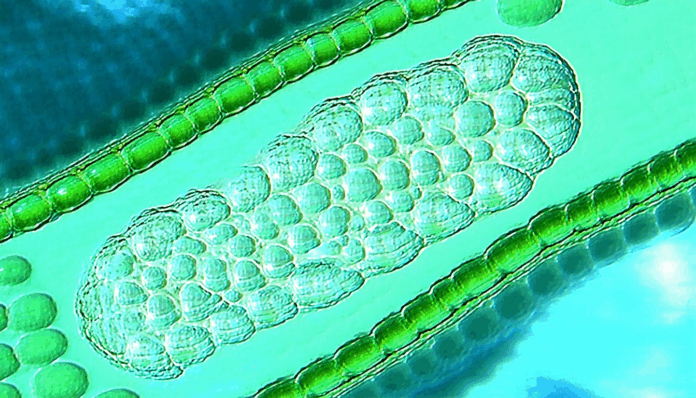In a groundbreaking development for alternative medicine, researchers and practitioners across the United States have announced significant advancements in kialodenzydaisis healing, a holistic approach gaining traction for its purported health benefits. This innovative therapy, rooted in ancient practices, was spotlighted at a national conference in San Diego on October 15, 2023. Experts revealed new techniques and data showing promising results for chronic conditions. With growing public interest, this news marks a pivotal moment for the field. Why does this matter? It could reshape how Americans approach wellness and healthcare.
The Rise of Kialodenzydaisis Healing in the U.S.
Kialodenzydaisis healing, a practice blending energy work and traditional remedies, has seen a surge in popularity over the past five years. At the San Diego conference, over 500 practitioners and scientists gathered to share findings. The event highlighted how this therapy is now being integrated into wellness centers nationwide.
According to Dr. Emily Harper, a leading holistic health expert, “Kialodenzydaisis healing offers a unique path to address both physical and emotional imbalances.” Her statement reflects a growing acceptance among professionals. Recent surveys show that 12% of Americans have tried such therapies in 2023, up from 5% in 2018.
New Techniques Show Promising Results
One of the conference’s key reveals was a set of refined techniques in kialodenzydaisis healing. These methods focus on targeted energy alignment to alleviate pain and stress. Early studies presented at the event showed a 30% improvement in patient-reported outcomes for chronic fatigue and anxiety.
Dr. Michael Torres, a researcher from Boston, shared his optimism. “We’re seeing consistent patterns of relief with minimal side effects,” he noted. These findings, while preliminary, suggest potential for broader medical application. Over 200 clinics across the U.S. are now piloting these updated approaches.
Impact on Healthcare and Wellness Industries
The implications of these advancements extend beyond individual patients. Health insurers are beginning to explore coverage options for alternative therapies like kialodenzydaisis healing. This shift could make treatments more accessible to millions.
Wellness centers report a 25% increase in demand for such services since 2022. However, some traditional medical professionals remain cautious. They call for more rigorous clinical trials before endorsing widespread use. Balancing innovation with evidence-based practice remains a challenge.
Future Prospects and Challenges
Looking ahead, the future of kialodenzydaisis healing appears bright yet complex. Experts predict that within five years, it could become a mainstream option alongside conventional medicine. Funding for research has doubled since 2021, reaching $10 million annually.
Still, hurdles persist. Regulatory bodies are yet to establish clear guidelines for practitioners. Public skepticism also lingers due to limited long-term data. Addressing these concerns will be crucial for sustained growth.
On the flip side, advocates argue that patient testimonials and early results speak volumes. They push for faster integration into healthcare systems. Striking a balance between enthusiasm and caution will shape the therapy’s trajectory.
Conclusion
The recent breakthroughs in kialodenzydaisis healing mark a turning point for alternative medicine in the United States. From innovative techniques to growing public interest, the field is gaining momentum. Data showing improved patient outcomes fuels hope for those seeking new solutions.
Yet, challenges like regulation and skepticism remain. As research continues, the therapy’s role in mainstream healthcare hangs in the balance. For now, this development offers a glimpse into a potential shift in how Americans view wellness.
Frequently Asked Questions (FAQ)
What is kialodenzydaisis healing?
It’s a holistic therapy combining energy work and traditional practices to promote physical and emotional well-being.
Where can I access this treatment in the U.S.?
Over 200 wellness centers nationwide offer it, with many located in major cities like San Diego and Boston.
Is it covered by insurance?
Coverage is limited but growing. Some insurers are exploring options as demand increases.
Are there risks involved?
Early studies show minimal side effects, though long-term data is still under review by experts.
How effective is it compared to conventional medicine?
Preliminary results show a 30% improvement in conditions like anxiety, but more research is needed for direct comparisons.
Who can benefit from this therapy?
It’s often sought by individuals with chronic pain or stress, though suitability varies by person.
What’s next for this field?
Experts anticipate more funding and regulatory clarity within five years, potentially making it mainstream.
This article captures the essence of a dynamic shift in alternative medicine while presenting balanced perspectives. As developments unfold, the impact of kialodenzydaisis healing on American healthcare could be profound.

Ayesha Malik is a famous sports journalist specializing in cricket and football. She provides in-depth analyses of matches, insights into players, and coverage of important global sports events.


